TUTSI Refugee Camps in Rwanda and Uganda
- Rwanda:
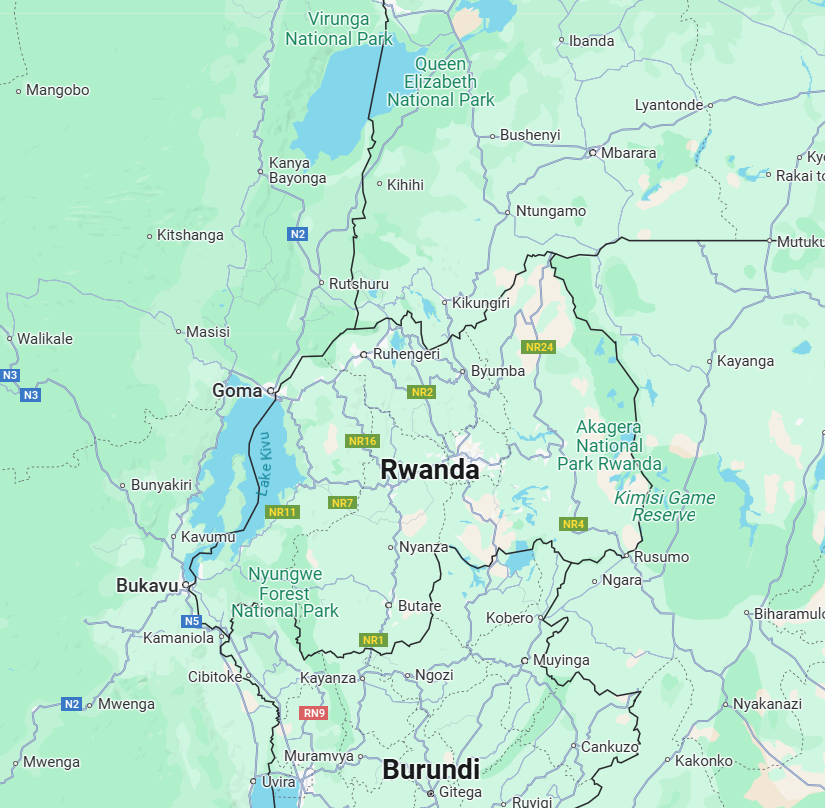 As 2025, there are currently 5 refugee camps and 1 transit camps in Rwanda. Most of these refugees’ camps are hosting Congolese Tutsi who fled their home country the Democratic Republic of Congo (D.R.Congo) in 1996. Around 30 years after, there are approximately 100000 people in these refugees who are still hoping to return to their home country.
As 2025, there are currently 5 refugee camps and 1 transit camps in Rwanda. Most of these refugees’ camps are hosting Congolese Tutsi who fled their home country the Democratic Republic of Congo (D.R.Congo) in 1996. Around 30 years after, there are approximately 100000 people in these refugees who are still hoping to return to their home country.
Early in April 1996, the first established camps were at Umubano (near the City of Gisenyi) as a temporary transit camp and late the Mudende Refugee camp (in the former Seventh Adventist University Campus) in the Mutura District. After the massacres of Dec 10th, 1997, where more than 300 dead and 300 injured by extremist Interahamwe militia, the survivor were relocated to Gihembe Refugee Camp in then Byumba, Northern Rwanda. In 2021, the Gihembe refugee camp was dismantled, and the refugees were again relocated the current Mahama refugee camp in Eastern regions of Rwanda near Tanzania Border.
Below are the pictures and videos of Mudende Massacres in 1997.
Rwanda – Massacre at refugee camp (15 Dec 1997) T/I: 10:36:18
Mwenze Kongolo, the Interior Minister of the Democratic Republic of Congo, told a news conference in Kinshasa on Saturday (13/12) that more than 1,600 Tutsi refugees died on Wednesday in a massacre in Rwanda. The office of the UN High Commissioner for Refugees (UNHCR) had put the figure at around 300 dead. See Video below:
“30 years of silence: Mudende Genocide against the Tutsi _Loss, and no Justice.” January 19th, 2025
We remember the tragic events of the Mudende Genocide against the Tutsi, where countless lives were lost. For 3 decades, survivors have lived in the shadows of pain, depression, and hopelessness, facing a lack of justice for the atrocities they endured. Join us as we reflect on the deep scars of the past, honor those who died, and acknowledge the continued struggles of those who survived as refugees. This is a story of unimaginable loss, resilience, and the ongoing fight for justice and recognition.
Mudende Refugee Camps in Western of Rwanda for Congolese Tutsi. (Here you can see two blocks from Rutshuru Territory and Masisi Territory). The destruction is due to the attack of Dec 10th, 1997.
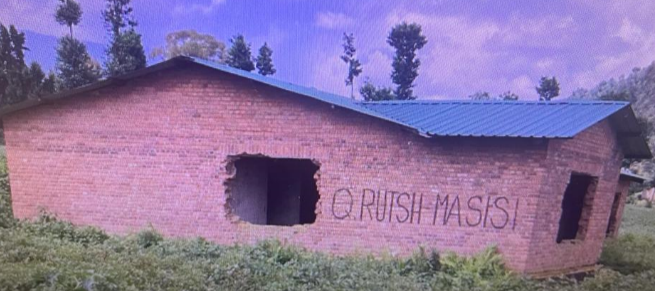
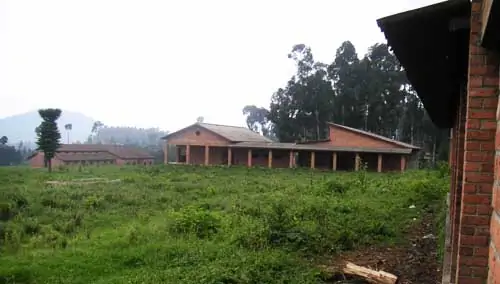
Mudende Refugee Camps in Western of Rwanda for Congolese Tutsi. (Here you can see empty building after massacres of Dec 10th, 1997.
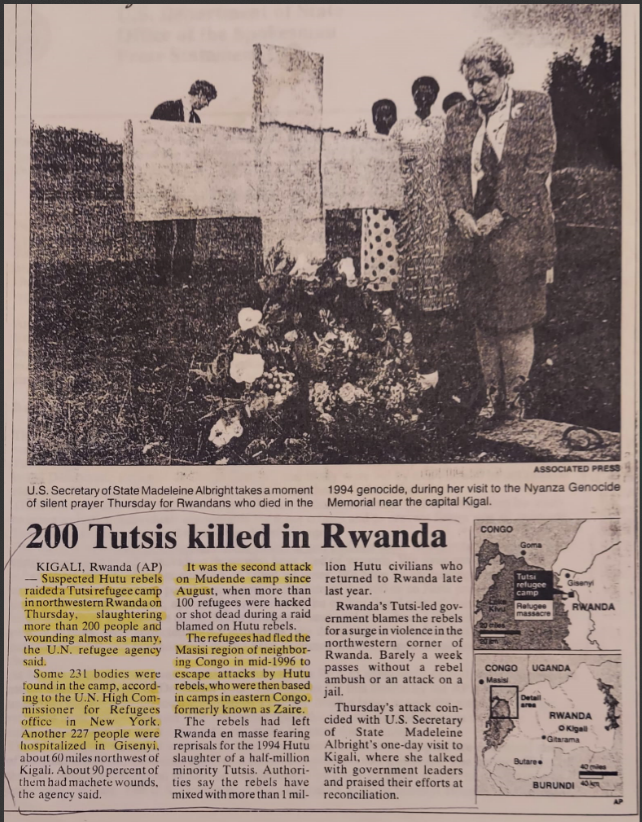
Below is the statement of the US State Department (Below if the US Secretary of State, Madeleine Albright, paying tribute to the victims of Mudende Massacres)

U.S. Department of State
Office of the Spokesman
Press Statement
Press Statement by James P. Rubin/Spokesman
Released by the Office of the Spokesman, London, United Kingdom
December 18, 1997
Massacre at Mudende Refugee Camp, Rwanda
On December 12, immediately after news reached Secretary Albright that a massacre of Congolese Tutsi had occurred at Mudende refugee camp in northwest Rwanda, she dispatched David Scheffer, Ambassador at Large for War Crimes Issues, to Rwanda to investigate the atrocity. As Secretary Albright said before the Organization of African Unity in Addis Ababa on December 9th, we need to be prepared to acknowledge these types of international crimes and to confront their perpetrators.
Ambassador Scheffer reported to Secretary Albright on Tuesday, December 16th, in Brussels with his findings and recommendations regarding his first-hand investigation of the Mudende camp massacre. We will be reviewing his full report in the days ahead and examining future steps to assist the Rwandan government and people in preventing such atrocities and bringing those responsible to justice.
Based on Ambassador Scheffer’s report, I would like to make the following points:
- The Mudende camp massacre, the second in four months at that refugee camp, represents a resurgence of genocide in the northwest region of Rwanda. The brutality of this attack on the Tutsi refugees is reminiscent of the genocide of 1994. The insurgents probably were from a base in the Democratic Republic of Congo (DROC) and likely were led by ex-FAR and Interahamwe elements. They appear determined to kill untold numbers of ethnic Tutsis.
- These criminal acts have rightly outraged the international community. Initiatives must be taken to bring to justice individuals accountable for these crimes and to prevent future acts of genocide. The United States is prepared to assist in this challenge.
- The number of murdered Congolese Tutsi refugees and perhaps some insurgents at Mudende camp appears to be 327, including those who have died of wounds. We have not been able to substantiate reports of larger numbers of killed refugees. We have no accounting for insurgent casualties. Nor has it been possible to ascertain the fate of the 460 or so Hutu prisoners who, during the insurgent attack, apparently broke out of the cachot (local prison) located about 1.5 kilometers from the refugee camp. Some witnesses have said that about 150 Tutsi refugees, mostly women, were abducted by the insurgents. We do not know their fate but note that in the past the ex-FAR and Interahamwe militia have abducted women, raped them, and then killed them.
- At Mudende Camp there was a marked failure by the RPA to adequately defend the refugees from attack during the night of December 10th. The reasons for this failure by the RPA remain uncertain but point out the local commander’s actions. Such a lapse in security arrangements for refugees must not be repeated. We are encouraging the Government of Rwanda to ensure sufficient security for the 17,000 refugees at the Nkamira transit camp.
- The 267 severely wounded women, children, and elderly at Gisenyi Hospital are in critical need of medical attention, including medical supplies and professional treatment. The heroic efforts of the staff at Gisenyi Hospital should be supplemented by other surgeons and by nurses trained in post-operative care. The U.S. Government has undertaken to assist Gisenyi Hospital in treatment of the Mudende victims and calls upon other governments and non-governmental organizations to provide rapid medical assistance to Gisenyi Hospital and in response to any future atrocities.
In addition, Ambassador Scheffer visited the volcanic caves of Kanama north of Gisenyi where there has been recent fighting between the Rwandan Patriotic Army and insurgents. The situation there may not be as dire as has been reported by non-governmental sources. The RPA claims that it pursued 60-120 insurgents into the caves on October 26 and 27 but did not observe any large number of local civilians fleeing into the caves during or after the hot pursuit. While it is clear that there are some dead bodies in the caves, there is no visible evidence that there were mass killings of hundreds or thousands of Rwandan citizens by the RPA. There is one major cave opening which has not been blocked up by the RPA and through which anyone in the caves can emerge to surrender. The last gunfire from the remaining cave openings occurred about three weeks ago. The RPA speculates there may be other cave openings nearer to the border with the DROC, from which insurgents or civilians may have escaped, but have not found them. We will continue to monitor the situation at the Kanama caves and work towards confirming the numbers of dead there as soon as is feasible.
Gihembe Refugee Camp is in the Gicumbi District of Rwanda’s Northern Province. It was established in 1997 to house survivors of the Mudende Massacre.
History:
- The Mudende Massacre was a series of attacks on a refugee camp in western Rwanda in 1997. The attacks were carried out by armed groups from the Democratic Republic of the Congo (DRC).
- Most refugees in Gihembe are survivors of the Mudende Massacre.



Resettlement:
- In 2012, the U.S. Government and UNHCR Rwanda partnered to resettle some of the survivors to the U.S.
- Some refugees have also been relocated to the Mahama camp.
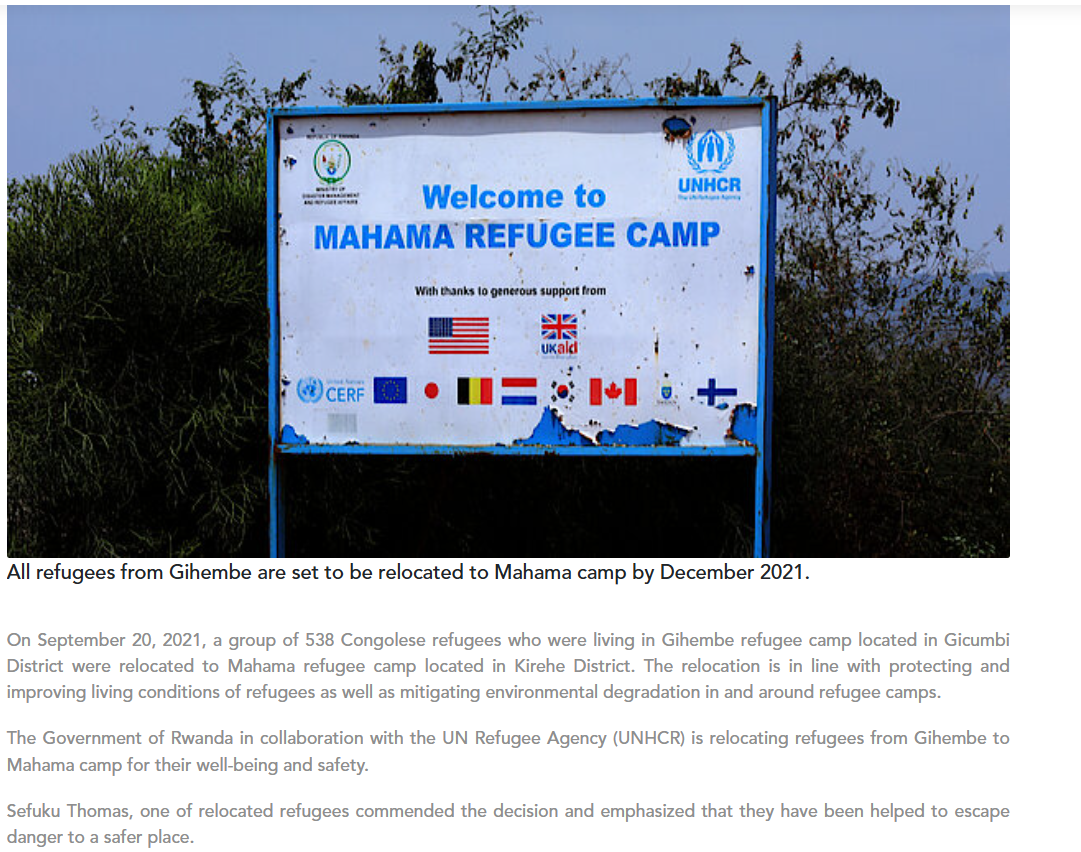
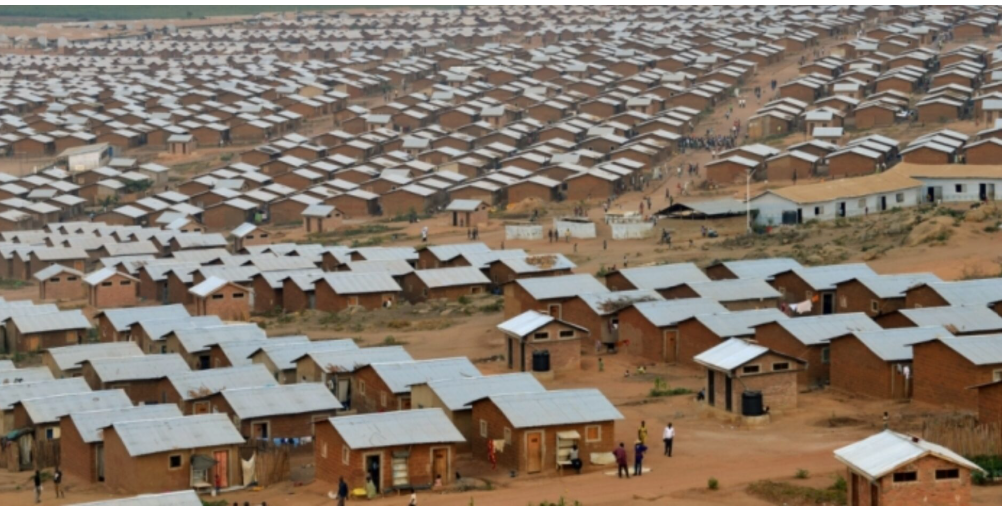
Mahama Refugee Camp is a refugee camp in Kirehe District in the Eastern Province of Rwanda, near the Kagera River which is the border with Tanzania.
On September 20, 2021, a group of 538 Congolese refugees who were living in Gihembe refugee camp located in Gicumbi District were relocated to Mahama refugee camp located in Kirehe District. The relocation is in line with protecting and improving living conditions of refugees as well as mitigating environmental degradation in and around refugee camps.
The Government of Rwanda in collaboration with the UN Refugee Agency (UNHCR) is relocating refugees from Gihembe to Mahama camp for their well-being and safety.
Sefuku Thomas, one of relocated refugees commended the decision and emphasized that they have been helped to escape danger to a safer place.
“Gihembe refugee camp where we lived for over 20 years became very dangerous due to big ravines and old infrastructure. Mahama is a very good and safe place compared to Gihembe. We are told services will be the same as the ones we used to receive in Gihembe.” Said Sefuku Thomas.
Many relocated refugees said they were living in dangerous areas close to ravines that could put their lives at risk anytime.
The relocation aims to settle refugees in a better place given that Gihembe camp is located in a high-risk area and is affected by environmental hazards caused by erosion and ravaging ravines, with aging infrastructures.
Burundian refugees who live in Mahama camp welcomed their new refugee neighbors and pledged to live in harmony.
“We received other Congolese refugees before, and they are good neighbors. We welcomed them when they arrived and started sharing what we have. We take time and talk, greet each other in the morning and guide them in camp where services are delivered from, we are one!” Said Murerwa Leoncie, one of Burundian refugees living in Mahama camp since 2015.
Prior to today’s relocation resumption, Gihembe camp was home to 10,017 individuals of 2,267 households of whom 2,392 refugees have already been transferred to Mahama. The remaining families are set to be relocated by December 2021.
The Hon. Ministers of Emergency Management and of Environment on 19th June and 6th July 2020 visited Gihembe and Kigeme camps respectively to assess the issues related to environmental degradation in and around the camps. They recommended conducting an assessment related to issues and proposing solutions.
A joint assessment of environmental degradation related issues in and around refugee camps was conducted by technical staff from MINEMA, Ministry of Environment, Rwanda Housing Authority, UNHCR and districts hosting refugees. The assessment found many households were living in high-risk areas.
The relocation applies to all refugees from Gihembe camp. However, whoever would like to live outside the camp will not be relocated to the Mahama camp and will have the choice to settle out of camp in any village or city of their choice in Rwanda and register as urban refugee.
-
Kiziba Refugee Camp
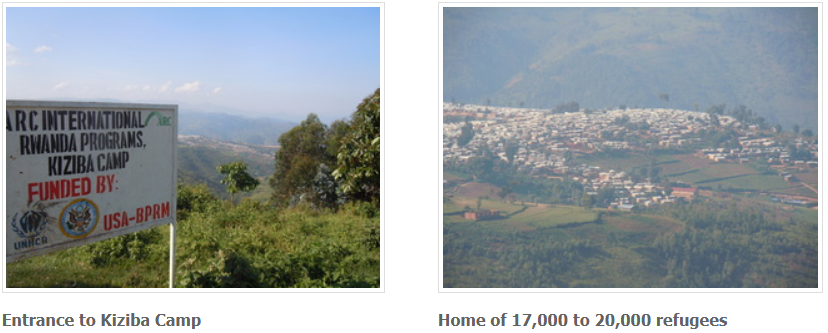
Kiziba camp is a Congolese refugee camp just outside of Kibuye located in the Western Province of Kibuye established in Dec 1996 especially to house especially Congolese Tutsi who were escaping the killings and destruction of their livelihood from the territory of Masisi, Rutshuru, Nyiragongo, Kalehe and other territories in the North Kivu and South Kivu Province.
The Kiziba camp houses more than 16065 refugees per the UNCHR refugees. After almost 30 years, these refugees are awaiting to be repatriated in their home country, the Democratic Republic of Congo, but the government of D.R.Congo has not the willing to secure and repatriate these refugees in coordination with the UNHCR.
Like other refugee’s camp of Gihembe, since 2012 some these refugees have been resettled in the USA, Canada, Australia and other Europeans countries.
-
Nyabiheke (Ngarama) Refugee Camp

The Nyabiheke camp was established in 2005 mainly to reduce the overcrowding in Gihembe (Northern Province) and Kiziba (Western Province) camp. Around 48 per cent of the camp’s population are children below 18 years old. The Rwandan Red Cross donated new medical equipment to the health centre in Nyabiheke camp in December 2023.
-
Mugombwa Refugee Camp
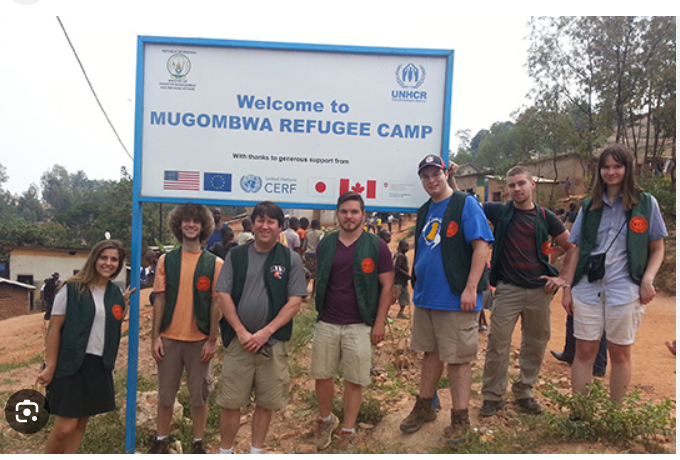
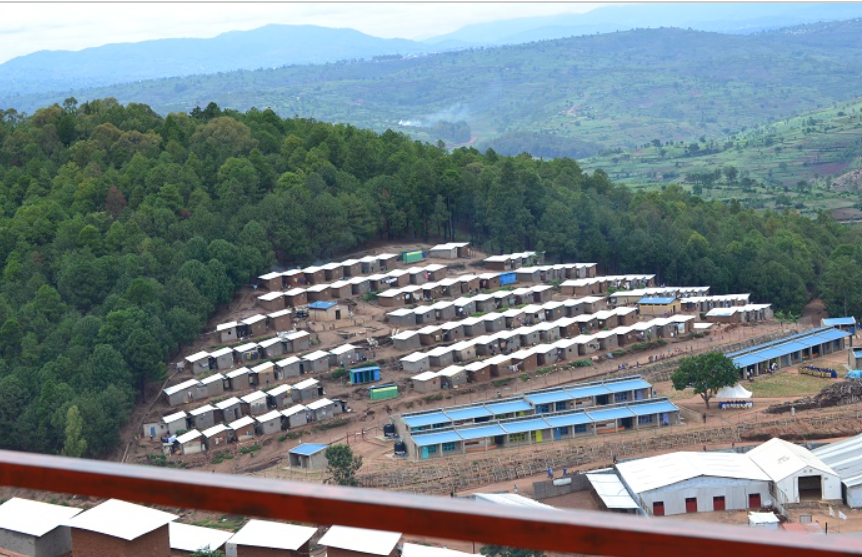
Mugombwa Refugee Camp is a refugee camp in Rwanda that houses refugees and asylum seekers from the Democratic Republic of Congo.The camp is in the Gisagara District of Rwanda’s Southern was established in 2014 and host 11,752 refugees from DRC live in Mugombwa refugee camp which is in Gisagara District in Southern Province of Rwanda.
- Kigeme Refugeee Camp

Kigeme Refugee Camp is in the Southern Rwanda. Currently, Statistics indicate that 14, 000 refugees live in Kigeme Refugee camp. Many of these refugees are women and children. According to the latest figures, 40% of the refugee populations are children. The Kigeme Refugee which is in Nyamagabe District in the Southern Province of Rwanda.
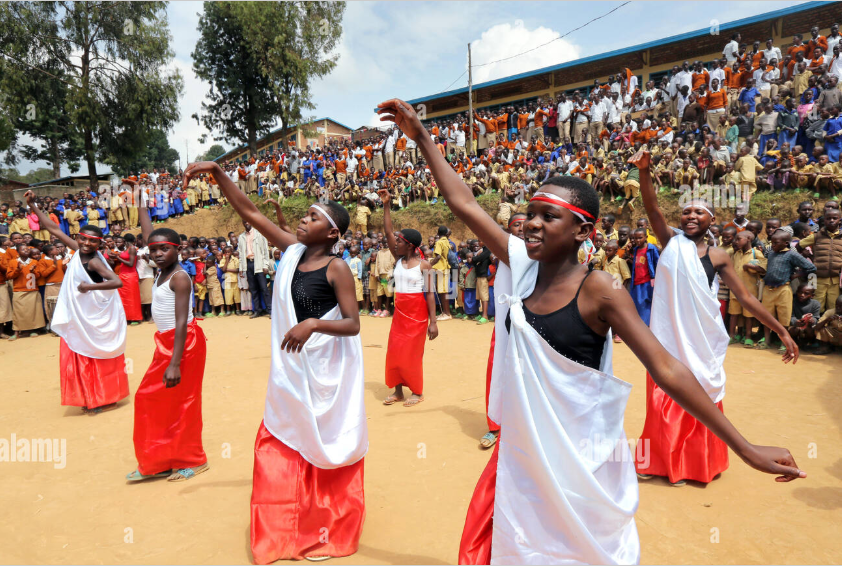
Refugees performing traditional dance in Kigeme Refugee Camp.
- Nkamira Transit Refugee Camp
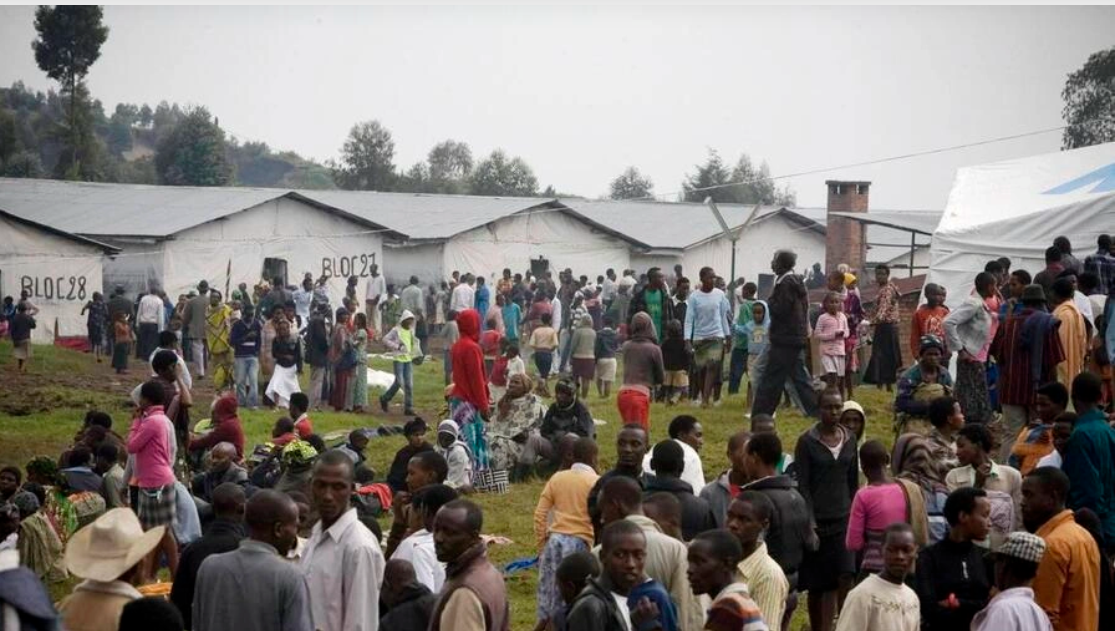
Congolese Tutsi being settle in Nkamira transit centre in Rwanda fleeing killing in DRCongo civil war from 2022-2023.
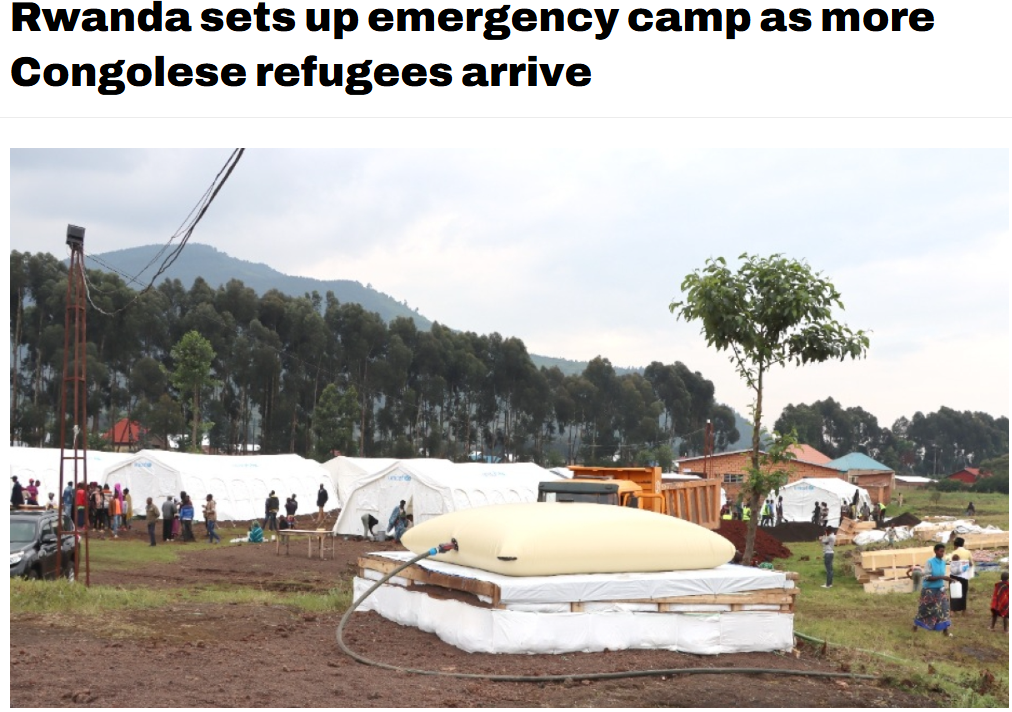
A view of Nkamira Transit Centre that was opened in Kanzenze Sector, Rubavu District on Monday, January 16th, 2022. According to the Ministry of Emergency Management the centre is currently accommodating 670 Congolese refugees. Statistics show that more than 2,900 Congolese nationals had crossed into Rwanda since November 2022, fleeing insecurity, persecution, and violence in Eastern DR Congo.
Advocacy for Refurn of Refugees
Congolese refugees protest killings of Tutsi, Banyamulenge, Hema communities: March 5th , 2024 in Kiziba Refugee Camp in West Province Rwanda
Thousands of Congolese refugees in Rwanda organised a peaceful march in protest of the continued killing of people from the Tutsi, Banyamulenge and Hema communities in eastern DR Congo. Refugees in Karongi District, Western Province, marched around Kiziba refugee camp carrying placards that accused the Congolese government and militia groups like FDLR, Mai Mai Nyatura, and CODECO, of committing genocide. The refugees called on the international community to act and “stop genocide” that is also supported by Burundian forces as well as troops from the Southern African Development Community (SADC), who are fighting alongside a DR Congo government-led coalition against the M23 rebels in North Kivu Province.
Commemoration of Kwibuka Congolese Tutsi killed in D.R. Congo and Rwanda held in Nkamira Transit Center on August 8th, 2024. See the video: https://youtu.be/0j78ExEXuDs
Uganda Refugee Camps
- Nakivale Refugee Camp
It is a settlement located in Isingiro District near the Tanzania border in Southwest Uganda. Nakivale refugee settlement was established in 1958 and officially recognized as a refugee settlement in 1960. Nakivale refugee settlement is the 8th largest refugee camp in the world. Nakivale refugee settlement is approximately 200 km away from Kampala. t currently hosts 171,387 refugees from the Democratic Republic of Congo, Burundi, Somalia, Rwanda, Ethiopia and Eritrea. Most refugees in the settlement are Congolese although the population is largely heterogeneous with many cultures and groups from different nationalities
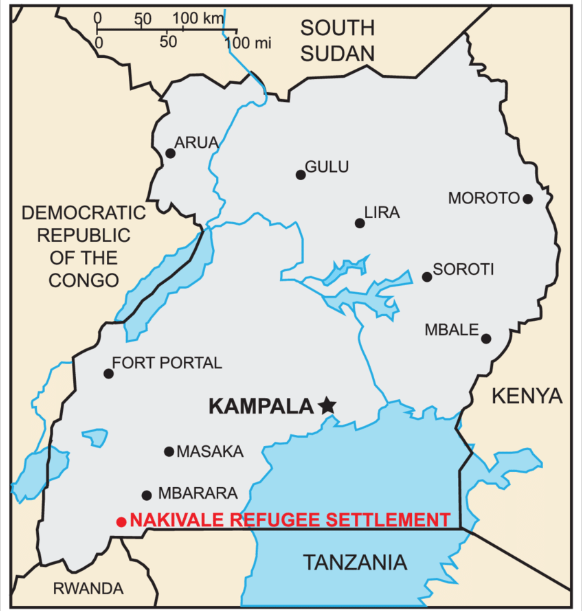
- Rwamwanja Refugee Camp
Rwamwanja Refugee Settlement is a refugee camp in Uganda that hosts refugees from the Democratic Republic of the Congo (DRC). The camp is in the Kamwenge District in southwestern Uganda. Most of the current residents of the Rwamwanja settlement are Congolese nationals who fled the M23 rebellion and the broader Kivu conflict beginning in early 2012. The camp was originally established in 1964 to house refugees from Rwanda.
- It was closed in 1995, then reopened in 2012 to accommodate refugees from the DRC.
- In December 2022, the population was 89,987.



